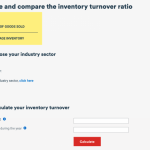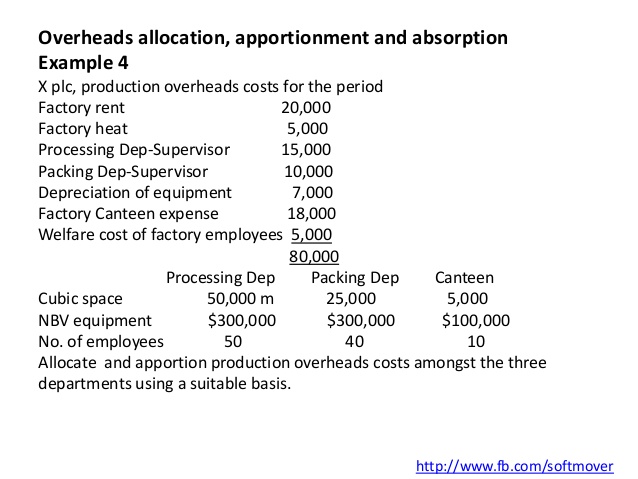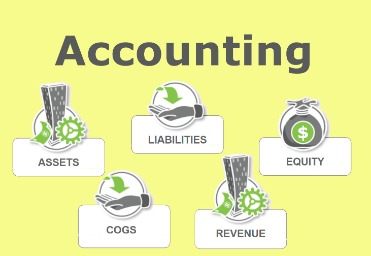Accumulated Depreciation Journal Entry Step by Step Examples
Content

Suppose that a company purchased $100 million in PP&E at the end of Year 0, which becomes the beginning balance for Year 1 in our PP&E roll-forward schedule. If this isn’t entered, EasyACCT doesn’t know where to end the Sales of Assets section. Therefore, it will use the first Accumulated Depreciation account as the ending. EasyACCT checks the current year activity in the Accumulated Depreciation account and matches it to the Depreciation Expense account.
- As it is a reduction in value of asset or consumption of benefits, it is treated as anexpensein the income statement and deducted from the cost of the asset in the statement of financial position.
- Limits and basesThe amount that you depreciate an asset can be subject to limits and bases.
- To record the purchase of a fixed asset, debit the asset account for the purchase price, and credit the cash account for the same amount.
- The depreciation charge for each of the six years of the machine’s useful life is $3,000.
- Make sure your key assets are covered by insurance, and keep detailed records in case an insurance claim needs to be filed.
Under the double-declining balance , a company calculates what it’s depreciation would be under the straight-line method. Then, the company doubles the depreciation rate, keeps this rate the same across all years the asset is depreciated, and continues to accumulate depreciation until the salvage value is reached. The percentage can simply be calculated as twice of 100% divided by the number of years of useful life. Accumulated depreciation is recorded as a contra asset that has a natural credit balance .
Account code
Make sure your key assets are covered by insurance, and keep detailed records in case an insurance claim needs to be filed. Depreciation for tax purposes focuses on offering a faster tax write-off, whereas depreciation for accounting purposes helps to match revenue with expense. Depreciation by units of production writes off an asset according to how much that asset produces. The new asset is unique, gets a new ID and represents 25% of the original asset. The asset is one unit and gains the accumulated depreciation of $83.33, and the net value is $416.67.

Typically, accounts receivable balances are recorded on sales invoices that include terms of payment. An asset is any resource that you own or manage with the expectation that it will yield continuing benefits or cash flows. An asset is also a resource the value of which you can dependably measure. Entities record their purchase of a fixed asset on the balance sheet, Asset purchases used to be noted on a sources and uses of funds statement, which is now called a cash flow statement. The term fixed, however, does not refer to the physicality of an asset.
How does a chart of accounts work?
If the business has more than one checking account, for example, the chart of accounts might include an account for each of them. Accumulated depreciation is the total amount of depreciation expense that has been allocated to an asset since it was put in use. The double-declining balance depreciation method is an accelerated method that multiplies an asset’s value by a depreciation rate. The balance accumulated depreciation t chart rolls year-over-year, while nominal accounts like depreciation expense are closed out at year end. Accumulated depreciation is dependent on salvage value; salvage value is determined as the amount a company may expect to receive in exchange for selling an asset at the end of its useful life. Accumulated depreciation is presented on the balance sheet just below the related capital asset line.

At the end of year two, accumulated depreciation on the asset will be $4,800. At the end of the third year of service, the accumulated depreciation on the asset will be $7,200, and the carrying value of the asset will be $800. Moreover, you can also structure your chart of accounts using the business function, line of item, division it belongs to, and so on, to show revenues and expenses.
What causes a reduction in Accumulated Depreciation?
Units of production depreciation will change monthly, since it’s based on machine or equipment usage. With this method, your monthly depreciation amount will remain the same throughout the life of the asset. Like double declining, sum-of-the-years is best used with assets that lose more of their value early in their useful life.
- The order in which your accounts appear in your financial statements is the order in which they will be shown in your chart of accounts list.
- In the chart of accounts vs general ledger debate, the former is a compilation of all business transactions with a linked number and a description of what it has been used for.
- Such assets include interest from certificates of deposit, short-term investments and vacant land that will appreciate.
- Accumulated depreciation is the cumulative depreciation of an asset up to a single point in its life.
Change in Accumulated Depreciation is calculated by taking the balance at the end of the prior year, minus the balance at the end of the current year. Let’s say you have a car used in your business that has a value of $25,000. It depreciates over 10 years, so you can take $2,500 in depreciation expense each year. The following is an example of some of the accounts that might be included in a chart of accounts.
What is the provision for a depreciation account?
The data selection in the Asset Account Balance Close version must match the data selection in the Calculate Depreciation version that is specified in the processing options. The date information is passed into the Asset Account Balance Close batch application when the system processes projection balances in final mode. Final depreciation balances cannot be calculated with projection balances. You must run the Depreciation Projections Purge program to remove projection balances before calculating final depreciation.

Where does accumulated depreciation go on T accounts?
Accumulated depreciation is presented on the balance sheet just below the related capital asset line. Accumulated depreciation is recorded as a contra asset that has a natural credit balance (as oppose to asset accounts with natural debit balances).
